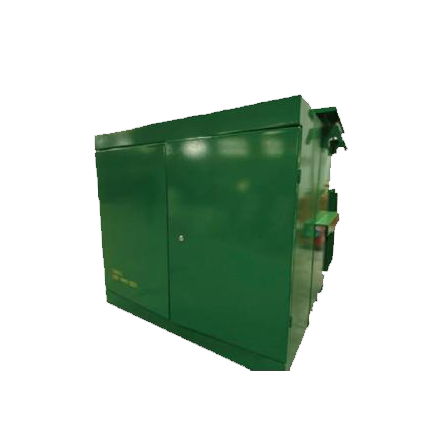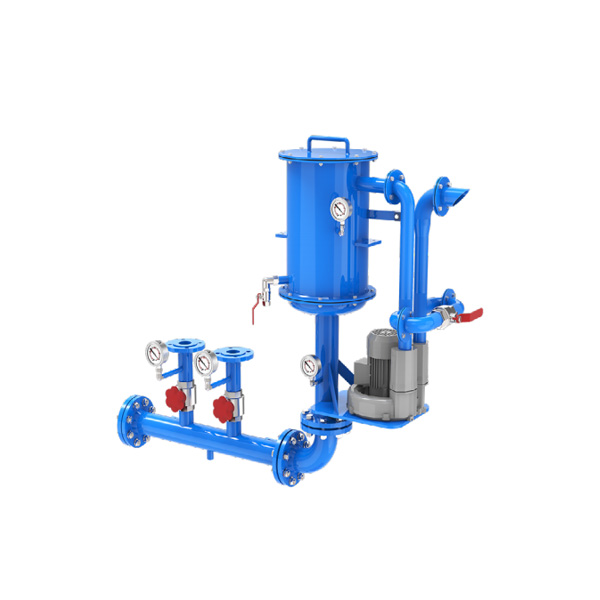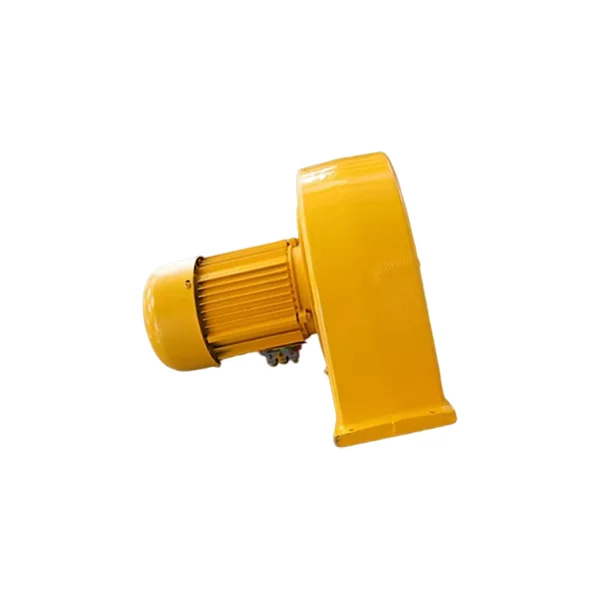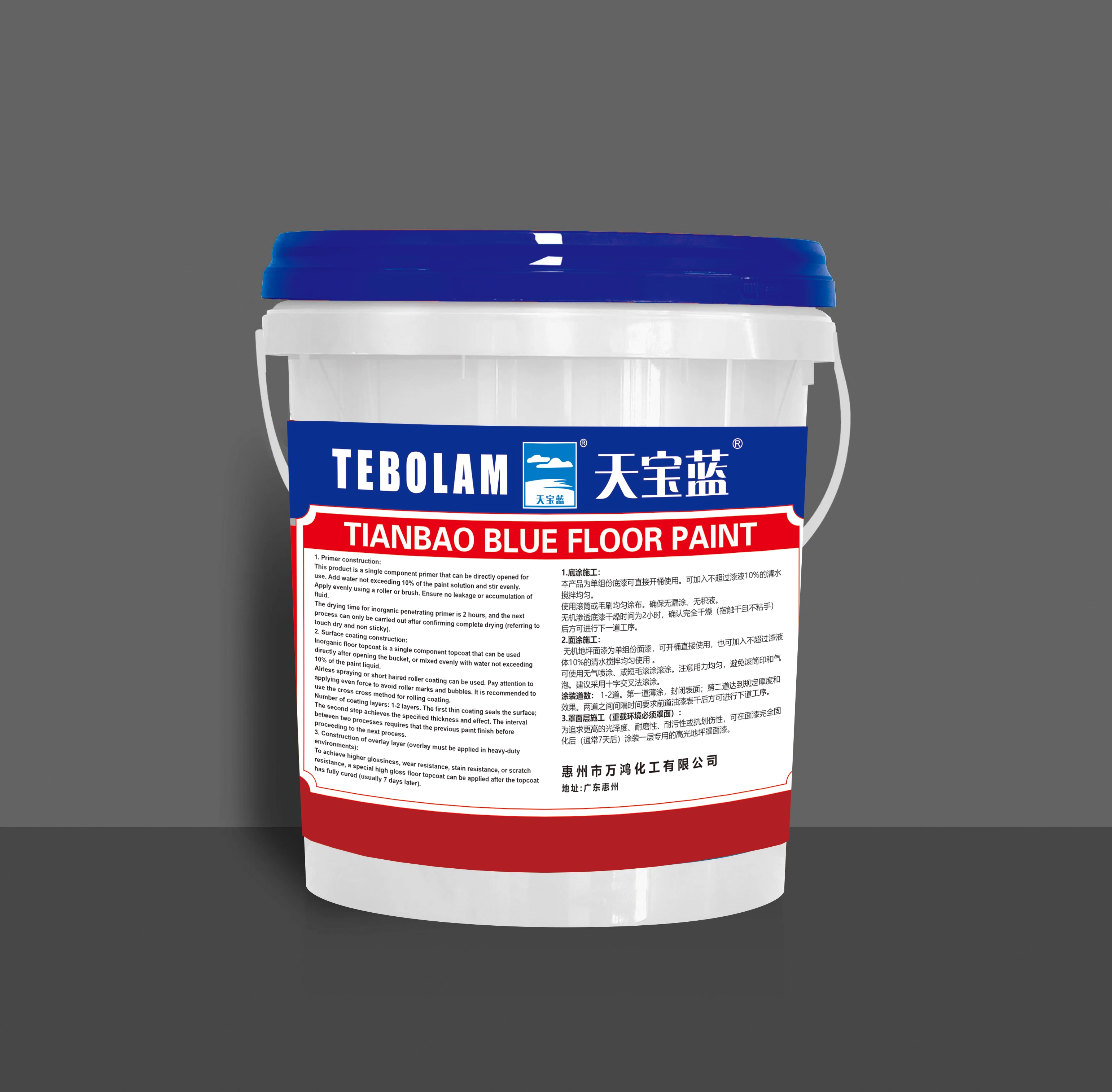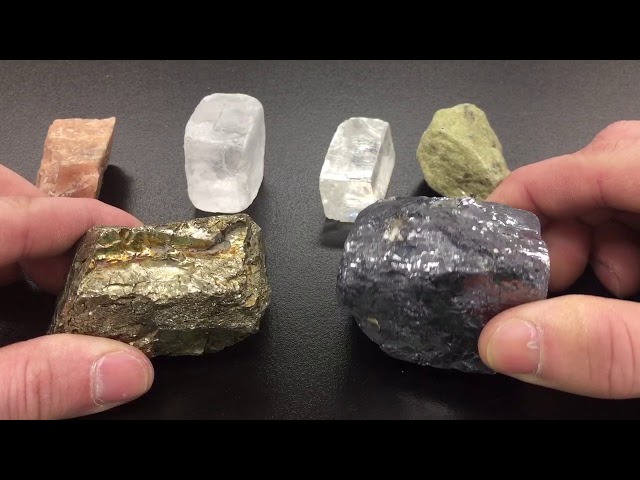
Rocks and minerals have fascinated humans for centuries, with their diverse compositions and unique properties. In this blog post, we delve into the intriguing question: Are rocks metallic minerals? Through a comprehensive exploration of various industries and their specialized knowledge, we aim to shed light on this topic and provide valuable insights. Join us on this journey of discovery!
- Understanding Rocks and Minerals:
To comprehend the relationship between rocks and metallic minerals, it is crucial to grasp the fundamental concepts. Rocks are composed of minerals, which are naturally occurring inorganic substances with a specific chemical composition and crystal structure. Minerals can be categorized into metallic and non-metallic minerals based on their properties. - Metallic Minerals:
Metallic minerals are minerals that contain metallic elements, such as iron, copper, gold, silver, and zinc. These minerals possess distinctive physical properties, including luster, conductivity, and malleability. They are widely used in various industries, such as mining, metallurgy, and manufacturing. - Industrial Applications:
3.1 Mining Industry:
The mining industry plays a pivotal role in extracting metallic minerals from the Earth's crust. Ore deposits, which are rocks containing high concentrations of valuable metallic minerals, are mined and processed to obtain metals. Techniques like underground mining, open-pit mining, and placer mining are employed to extract these minerals.
3.2 Metallurgical Industry:
Once metallic minerals are extracted, they undergo metallurgical processes to obtain pure metals. These processes involve crushing, grinding, smelting, and refining the ores. The resulting metals are then utilized in various sectors, including construction, transportation, electronics, and energy production.
- Non-Metallic Minerals in Rocks:
While rocks primarily consist of minerals, not all minerals present in rocks are metallic. Non-metallic minerals, such as quartz, feldspar, mica, and calcite, are also commonly found in rocks. These minerals have diverse applications in industries like construction, ceramics, glass manufacturing, and cosmetics. - Differentiating Rocks and Metallic Minerals:
Rocks are aggregates of minerals, and not all rocks contain metallic minerals. Some rocks, like granite and sandstone, are composed mainly of non-metallic minerals. However, certain rocks, such as magnetite and hematite, do contain metallic minerals. Therefore, it is essential to analyze the mineral composition of rocks to determine if they contain metallic minerals.
Conclusion:
In conclusion, rocks are not inherently metallic minerals, but they can contain metallic minerals depending on their composition. Understanding the distinction between rocks and metallic minerals is crucial for various industries, including mining and metallurgy. By exploring the diverse applications and properties of metallic minerals, we gain a deeper appreciation for their significance in our modern world. So, the next time you encounter a rock, remember that it may hold the hidden treasures of metallic minerals within its structure.
